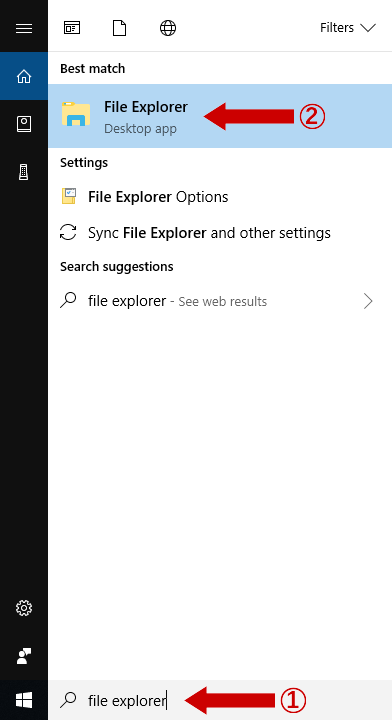

Note: As your smb.conf is constantly being accessed, you're better off editing a copy of it if you decide not to use SWAT.
STUNNEL WINDOWS 7 HOW TO
I'll explain how to use both SWAT and a text editor to configure Samba later in this chapter. Keep in mind, however, that if you create /etc/samba/smb.conf with a text editor then subsequently use SWAT to edit the file, you will lose all the comments you inserted with the text editor. You can create your own smb.conf using a text editor or the Web-based SWAT utility which is easier. When it starts up, and with every client request, the Samba daemon reads the configuration file /etc/samba/smb.conf to determine its various modes of operation. For added security you can make your Samba and Linux passwords different.

STUNNEL WINDOWS 7 PASSWORD
Samba Domains and Linux share the same usernames so you can log into the Samba based Windows domain using your Linux password and immediately gain access to files in your Linux user's home directory. Linux functionality doesn't disappear when you do this. By default, Samba mimics a Windows PDC in almost every way needed for simple file sharing. This chapter will only cover the much more popular PDC methodology used at home.

STUNNEL WINDOWS 7 MANUAL
9.1.1 Manual Creation Of Machine Trust Accounts (NT Only).9.1 Create Samba Trust Accounts For Each Workstation.9 How To Add Workstations To Your Samba Domain.8 How To Create A Samba PDC Administrator User.6.6 Shares For Specific Groups Of Users.6.3 Table 10-3 : smb.conf Minimum Settings, "Home" Section.6.1.1 Table 10-2 : smb.conf Minimum Settings, "Global" Section.5.4.7 Edit The /etc/services file To create a Secure SWAT entry.5.4.6 Disable SWAT in the /etc/xinetd.d/swat File.5.4.5 Create A New /etc/xinetd.d File For Secure SWAT.5.4.4 Create An /etc/stunnel/nf Configuration File.5.4.3 Modify Certificate File Permissions.4.1 Table 10-1 : File Format - smb.conf.


 0 kommentar(er)
0 kommentar(er)
